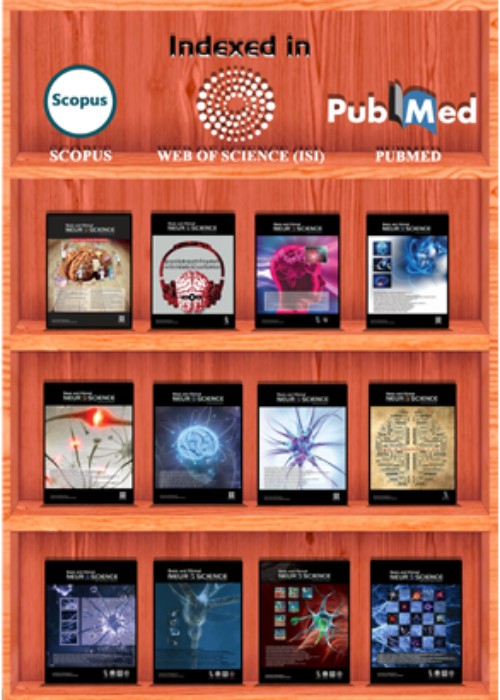The Protective Effect of Kolaviron on Molecular, Cellular, and Behavioral Characterization of Cerebellum in the Rat Model of Demyelinating Diseases
This study aimed at assessing the protective mechanisms of Kolaviron (KV) on the cerebellum in a rat model of demyelination.
Twenty-eight male Wistar rats were used in the present study. They were randomly divided into 4 groups of 7 rats. Group A (control) received corn oil (0.5 mL/kg/d); group B received 0.2% Cuprizone (CPZ); group C was treated with 200 mg/kg/d of KV, and group D received 0.2% CPZ and 200 mg/kg/d KV for 6 weeks. CPZ powder was mixed with the regular diet while KV was dissolved in corn oil and administered orally. A behavioral test was conducted at the termination of the experiment. Thereafter, the animals were sacrificed and their brains were removed with the excision of the cerebellum. A part of the cerebelli underwent tissue processing with a series of 5 µm thick sections cut from paraffin blocks for histological and immunohistochemical assessment. Besides, the remaining cerebellar tissues were homogenized for the spectrophotometric assays of Oxidative Stress (OS) parameters.
The current research findings revealed minimal weight gain following CPZ treatment, but significant weight increase in KV-treated rats. CPZ treatment was associated with a reduction in the number of the line crossed, rearing frequency, rearing duration, center square entry, and center square duration; however, it increased the freezing time, i.e. significantly reversed in the KV-treated animals. Oxidative markers, such as Superoxide Dismutase (SOD) and GPx were reduced in CPZ-treated rats with elevated MDA levels. However, these data were significantly reversed by the co-administration of CPZ and KV. At the tissue level, the cerebellar cortex was characterized by poorly defined layers, cryptic granules, as well as chromatolysis and pyknotic Purkinje cells with the evidence of hypertrophic astrogliosis.
CPZ treatment significantly depressed locomotor and exploratory activities. Furthermore, it increased OS and cerebellar toxicity. However, KV intervention significantly enhanced behavioral functions and ameliorated CPZ-induced cerebellar degeneration. Moreover, it considerably regulated OS markers in the cerebellum of the rat model of demyelinating diseases.
- حق عضویت دریافتی صرف حمایت از نشریات عضو و نگهداری، تکمیل و توسعه مگیران میشود.
- پرداخت حق اشتراک و دانلود مقالات اجازه بازنشر آن در سایر رسانههای چاپی و دیجیتال را به کاربر نمیدهد.


